Sustainability Initiatives
Sustainability initiatives are increasingly influencing the Commercial Aircraft Carbon Brakes Market. Airlines and manufacturers are prioritizing eco-friendly practices, which include the adoption of carbon brakes that offer lower emissions and reduced environmental impact. The shift towards sustainable aviation fuels and energy-efficient technologies aligns with the growing emphasis on corporate social responsibility. Furthermore, regulatory bodies are implementing stricter environmental standards, compelling manufacturers to innovate and develop greener braking solutions. This trend is expected to drive market growth, as stakeholders recognize the importance of sustainability in maintaining competitive advantage and meeting consumer expectations.
Increasing Demand for Fuel Efficiency
The increasing demand for fuel efficiency is a significant driver in the Commercial Aircraft Carbon Brakes Market. Airlines are under constant pressure to reduce operational costs, and fuel expenses represent a substantial portion of these costs. Carbon brakes, known for their lightweight properties, contribute to overall aircraft weight reduction, leading to improved fuel efficiency. As airlines seek to optimize their fleets for better performance, the adoption of carbon brakes is expected to rise. This trend is further supported by the growing awareness of environmental issues, prompting airlines to invest in technologies that enhance fuel efficiency while minimizing their carbon footprint.
Retrofitting Trends in Existing Fleets
The trend of retrofitting existing aircraft fleets with advanced carbon brake systems is gaining traction within the Commercial Aircraft Carbon Brakes Market. Airlines are increasingly investing in retrofitting to enhance the performance and safety of older aircraft, thereby extending their operational lifespan. This trend is particularly relevant as airlines seek to optimize their fleets amid rising operational costs. The retrofitting process not only improves braking efficiency but also contributes to fuel savings and reduced maintenance costs. As a result, the market for carbon brakes is likely to see a surge in demand from airlines looking to modernize their fleets without incurring the costs of new aircraft purchases.
Technological Advancements in Materials
The Commercial Aircraft Carbon Brakes Market is experiencing a notable shift due to advancements in materials science. Innovations in carbon composite materials enhance the performance and durability of carbon brakes, leading to reduced weight and improved fuel efficiency. These advancements are crucial as airlines seek to optimize operational costs while adhering to stringent safety regulations. The introduction of new manufacturing techniques, such as additive manufacturing, further contributes to the efficiency of production processes. As a result, the market is projected to grow at a compound annual growth rate of approximately 5% over the next five years, driven by the demand for high-performance braking systems that meet the evolving needs of modern aircraft.
Regulatory Compliance and Safety Standards
Regulatory compliance and safety standards play a pivotal role in shaping the Commercial Aircraft Carbon Brakes Market. Governments and aviation authorities worldwide are enforcing stringent regulations regarding aircraft safety and performance, which directly impacts the design and manufacturing of carbon brakes. Compliance with these regulations is essential for manufacturers to ensure their products meet safety requirements. As a result, companies are investing in research and development to create innovative braking solutions that not only comply with existing standards but also anticipate future regulations. This proactive approach is likely to drive market growth as manufacturers strive to maintain their competitive edge in a highly regulated environment.
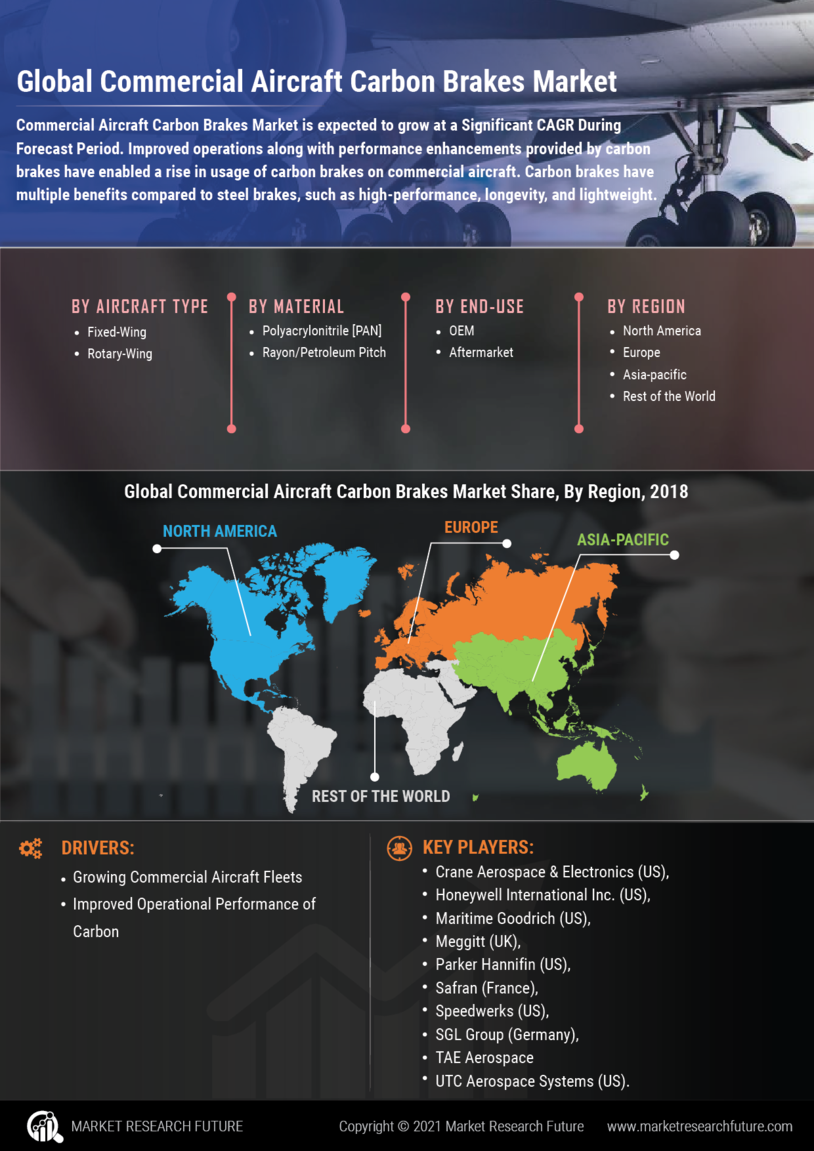

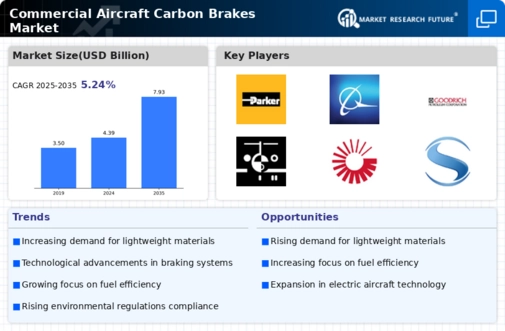
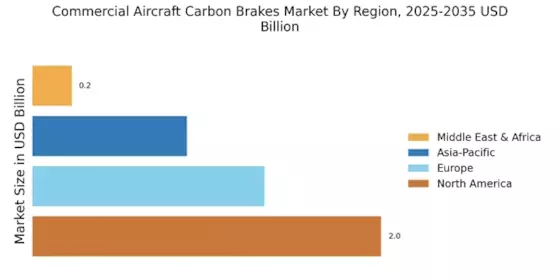

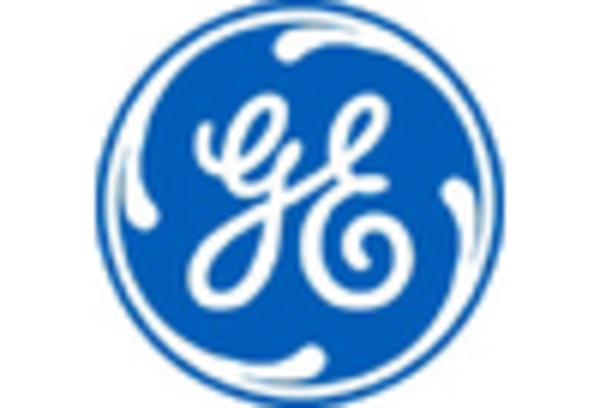
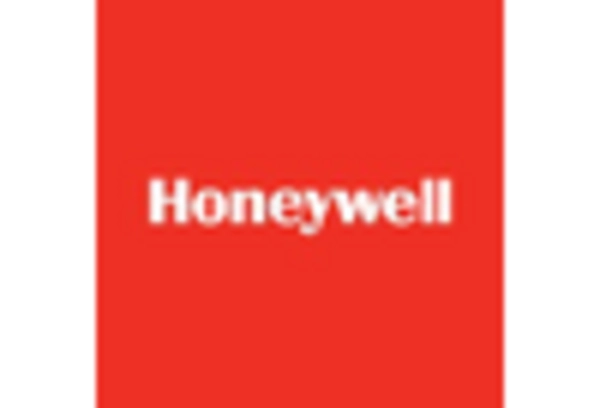

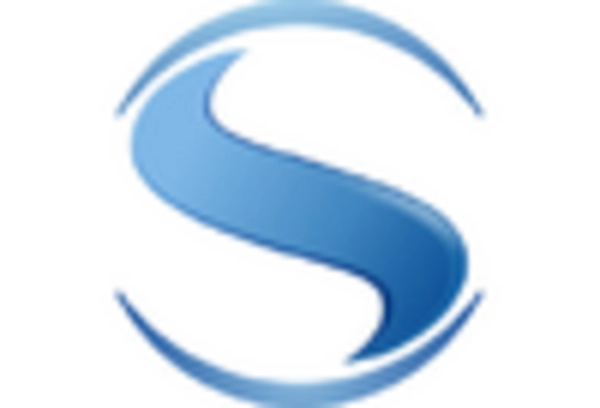
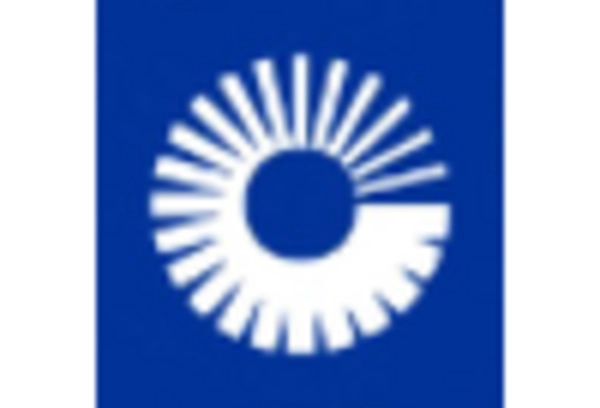








Leave a Comment